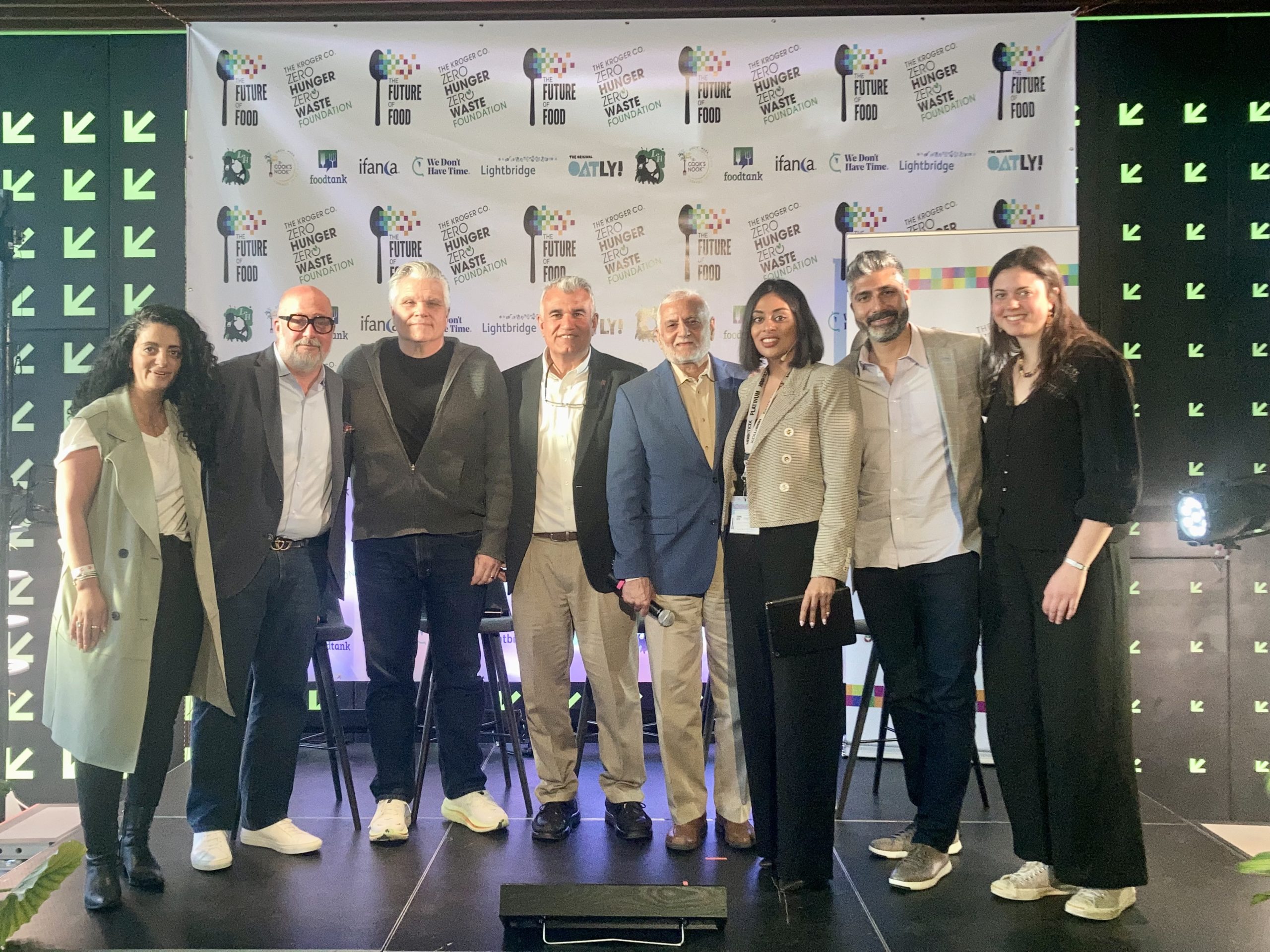History of SXSW 2022
SXSW began in the 80’s as a local music festival in Austin and transcended into what many of us know today as one of the greatest connectors. It brings together everyone from creatives and celebrities, to start-ups, government officials, industry experts and activists – many of whom are working to build a more sustainable, equitable and resilient path forward, from energy to fashion to music and, of course, food.

From 700 registrants at its inception in March 1987, the annual event has since grown to attract over 400,000 participants. Yet following two virtual years, no one quite knew what to expect for SXSW 2022, let alone the inaugural, in-person launch of the SXSW Future of Food Conference.
After meeting colleagues and clients in-person, building relationships with key media representatives, and engaging in fruitful dialogue at SWSW 2022, we’d say the conference was an energizing success. Here are a few key takeaways.
SXSW Future of Food
What will we be eating in 2030? Cell-based protein start-ups, insect enthusiasts and proponents of regenerative agriculture came together to discuss this question across a variety of SXSW and SXSW Future of Food panels, including Ketchum clients Motif Foodworks, Inc. and Islamic Food and Nutrition Council of America (IFANCA).
‘A Plant Protein Showdown’ featuring Motif CEO Johnathan Mcintyre , alongside vegan chef Chloe Coscarelli and rising food content creators Owen Han and H Woo Lee, spoke about why science and culinary design is key to making plant-based foods taste great and more accessible to consumers everywhere.
Third-party halal certifier and non-profit IFANCA hosted a keynote panel on how to build greater consumer confidence through transparent supply chains and labels. The panel also highlighted some of the work IFANCA is doing to address food insecurity and promote food diversity in the food system.
Building consumer confidence entails learning to address consumer misconceptions, particularly those stemming from misunderstandings of people, (food) culture and religion. Panelist and UN World Food Programme Ambassador Chef Andrew Zimmern shared that he values the halal label because “I want food that’s wholesome, fresh and traceable for myself and my family.”
Food Industry Trends
One panelist compared the status of cell-cultured meat today to the transformative early days of the iPhone, prompting the audience to envision the exciting developments that will take place in coming years. The cultivation of alternative protein requires 99% less water and land and emits 94% less GHG than cattle farming to generate the same amount of protein, making it one of the viable and necessary solutions to feeding a growing population.
However, a key takeaway from the conference was the importance of incorporating multiple approaches and solutions, including regenerative agriculture. Though it has become a food industry trend and buzzword in recent years, its roots are grounded in Indigenous frameworks and approaches to agriculture. Regenerative agriculture emphasizes the importance of crop rotation, biodiversity and protection of soil in order to address desertification, loss of soil fertility and harmful toxins in soil and waterways. Yet how scalable is this model, and can it truly feed a growing population?
Representatives from Patagonia Provisions, SIMPLi and Dr. Bronner’s responded collectively that the key to scaling this model across is collaboration, as opposed to competition. However, they also underscored that because regen ag relies on crop rotation, consumers in the northeast region of the U.S., for example, can’t continue to expect to have access to strawberries year-round; instead, the price at retail will need to reflect the cost of getting these products to consumers.
Furthermore, in thinking about climate change, drought and where our food comes from, we also need to accept that where we source our food from in 2030 and beyond is going to change, especially as drought continues to ravage key agricultural regions such as California.
Issues of diversity, equity and land access remain to be explored in greater depth, including questions such as: Who is responsible for investing in the long-term care of the land when farmers and growers don’t own the land they use? What role will policy play in food industry trends? How are we addressing discrimination and ensuring equity for farmers of color?
Environmental, Social and Governance (ESG)
We are seeing ESG reporting become increasingly critical for the food industry. Companies that harness ESG in operations and brand image see increased revenue driven by socially and environmentally conscious buyers. Jillian was honored to represent Ketchum on a panel that covered ESGs and discussed how the new proposed changes may affect food businesses and the role of the consumer.
At Ketchum, we look forward to continuing to support our Food Ag & Ingredient clients in helping to drive positive change. Please reach out if we can help you on your food industry journey.




